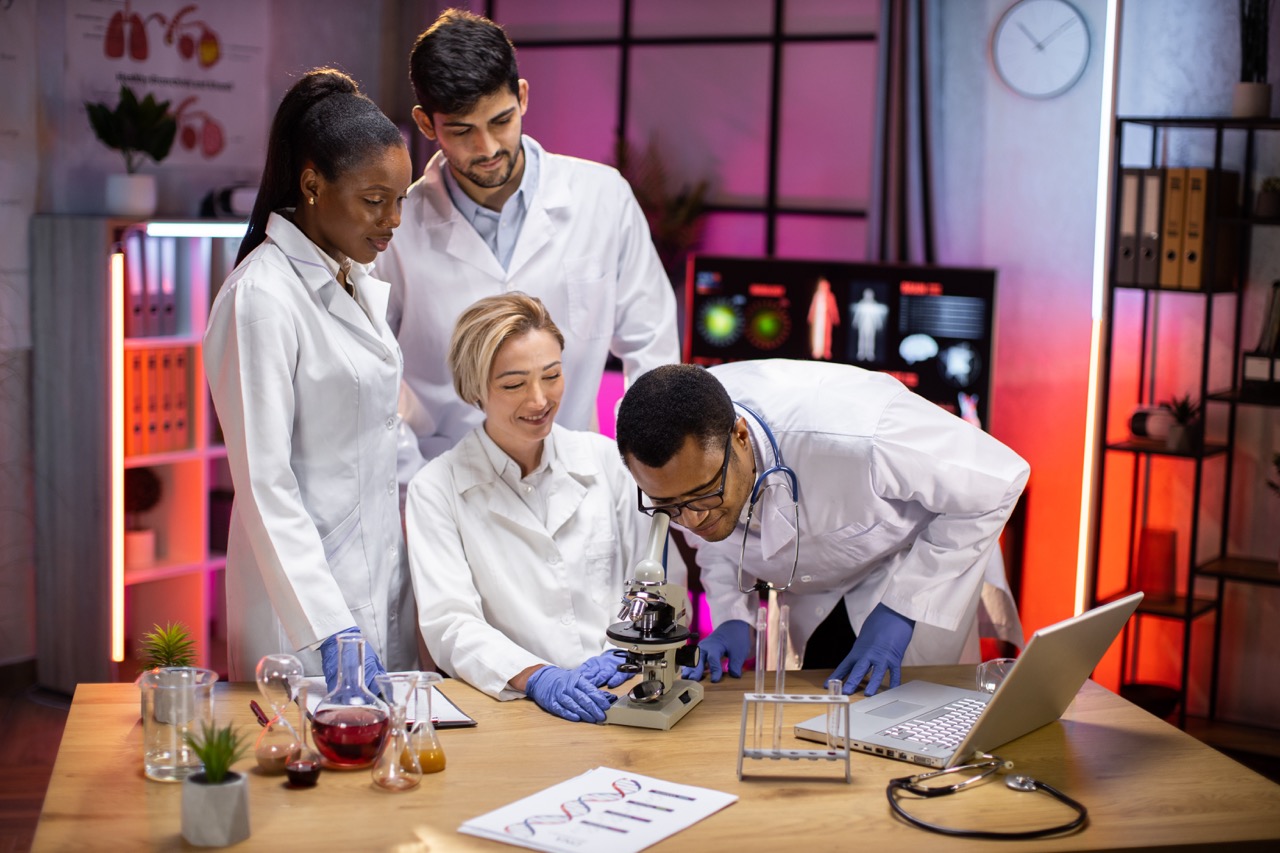Rosalyn Yalow was a pioneering physicist whose contributions to hormone research have left an indelible mark on the field of medical science. Best known for developing the radioimmunoassay (RIA), her innovations not only advanced our understanding of hormone function but also revolutionized diagnostic techniques. This article delves into Yalow’s groundbreaking contributions, the development of RIA, its impact on hormone measurement, and her enduring legacy in medical practices.
The Groundbreaking Contributions of Rosalyn Yalow to Science
Rosalyn Yalow was born on January 22, 1921, in the Bronx, New York City, and showed an early aptitude for science and mathematics. She pursued her education at Hunter College, where she earned her Bachelor’s degree in 1941, followed by a Master’s degree from the University of Illinois. Her academic journey culminated in a Ph.D. in 1945 from the University of Illinois, making her one of the few women in a predominantly male field at the time. Yalow’s determination and intellect positioned her to challenge the status quo in medical research.
In the 1950s, while working at the Veterans Administration Hospital in the Bronx, Yalow began to investigate the behavior of insulin in the body. She discovered that conventional methods of hormone measurement were inadequate for tracking the nuances of hormone levels, particularly insulin. This realization set her on a path toward creating a new, more sensitive assay method that would change the landscape of biochemistry and clinical medicine. It was this innovative spirit that set the stage for her most significant achievement: the development of radioimmunoassay.
Yalow’s work was marked by an unwavering commitment to scientific rigor and a passion for understanding hormonal mechanisms. In 1977, her contributions to the field were formally recognized when she was awarded the Nobel Prize in Physiology or Medicine, shared with Andrew Schally and Roger Guillemin for their discoveries related to hormones. Her pioneering efforts not only advanced the understanding of hormone functions but also inspired future generations of scientists, proving that women could excel in research fields dominated by men.
Development of Radioimmunoassay: A New Research Method
The radioimmunoassay (RIA) method that Yalow developed represented a significant leap in the ability to measure hormone levels in biological fluids. By utilizing radioactively labeled hormones, Yalow and her colleagues could quantify hormone concentrations with unprecedented precision and sensitivity. The RIA process involves creating a competition between the labeled and unlabeled hormone for binding to specific antibodies, allowing for accurate measurements of hormone levels even at extremely low concentrations.
Yalow’s methodology enabled researchers to detect hormonal changes that were previously undetectable, providing vital insights into endocrine disorders and metabolic conditions. This advancement opened new avenues for research in various fields, including endocrinology, oncology, and reproductive medicine. It also facilitated the exploration of previously unmeasurable hormones, expanding our understanding of body functions and regulatory mechanisms.
Moreover, the RIA technique was not limited to insulin alone; its principles were adapted for the measurement of various other hormones, such as thyroid hormones, growth hormones, and gonadal hormones. This versatility made RIA a cornerstone technique in laboratories worldwide, ushering in an era of hormonal research that relied on accurate, reproducible, and sensitive measurements.
Impact of Yalow’s Work on Hormone Measurement Techniques
The influence of Yalow’s RIA method extended far beyond its initial applications. It fundamentally changed how researchers and clinicians approached hormonal measurements, leading to better diagnostic tools for patients with hormonal imbalances or disorders. With RIA, clinicians could now quickly diagnose conditions like diabetes, thyroid disorders, and fertility issues, significantly improving patient outcomes.
As a result of her work, laboratories began to adopt RIA as a standard procedure, paving the way for other advanced immunoassay techniques. The principles of RIA laid the groundwork for the development of non-radioactive immunoassays, such as enzyme-linked immunosorbent assays (ELISA), which are now widely used in clinical and research settings. These advancements enabled the routine monitoring of hormone levels, making it possible to track disease progression and treatment efficacy over time.
In addition to improving diagnostic capabilities, Yalow’s research highlighted the importance of precision in hormone measurement, influencing regulatory standards and laboratory practices. The impact of her work can be seen in the increased reliability of hormonal diagnostics, which has had lasting implications for patient care and medical research, thereby solidifying her position as a leader in the scientific community.
Legacy of Yalow’s Research in Modern Medical Practices
Rosalyn Yalow’s legacy continues to shape modern medicine and scientific research, particularly in the fields of endocrinology and metabolic studies. Her pioneering work on radioimmunoassay has become a foundational element of clinical biochemistry, reflecting her commitment to advancing scientific knowledge for the betterment of human health. Today, RIA and its derivatives are essential tools in laboratories, enabling the accurate measurement of hormones and leading to timely and effective medical interventions.
Yalow’s influence extends beyond her technical contributions; she also played a vital role in advocating for women in science. By overcoming barriers in a male-dominated field, she became a role model for countless female scientists and researchers. Her story serves as a reminder of the importance of diversity in scientific inquiry, encouraging women to pursue careers in STEM fields and contribute to groundbreaking research.
As medical practices continue to evolve, the principles Yalow established remain relevant. Her work has not only improved diagnostic methods but also paved the way for ongoing research into hormonal therapies and interventions. By providing the tools necessary for understanding complex hormonal interactions, Yalow’s legacy endures in the advances we see today in personalized medicine and targeted therapies.
Rosalyn Yalow’s contributions to hormone research have fundamentally transformed the landscape of medical diagnostics and treatment. Her invention of the radioimmunoassay not only advanced our understanding of hormonal functions but also set new standards for measuring hormone levels in clinical practice. As we continue to benefit from her pioneering work, Yalow’s legacy serves as an enduring inspiration for future generations of scientists and medical professionals. Her life’s work exemplifies the profound impact that dedication and innovation can have on human health.










